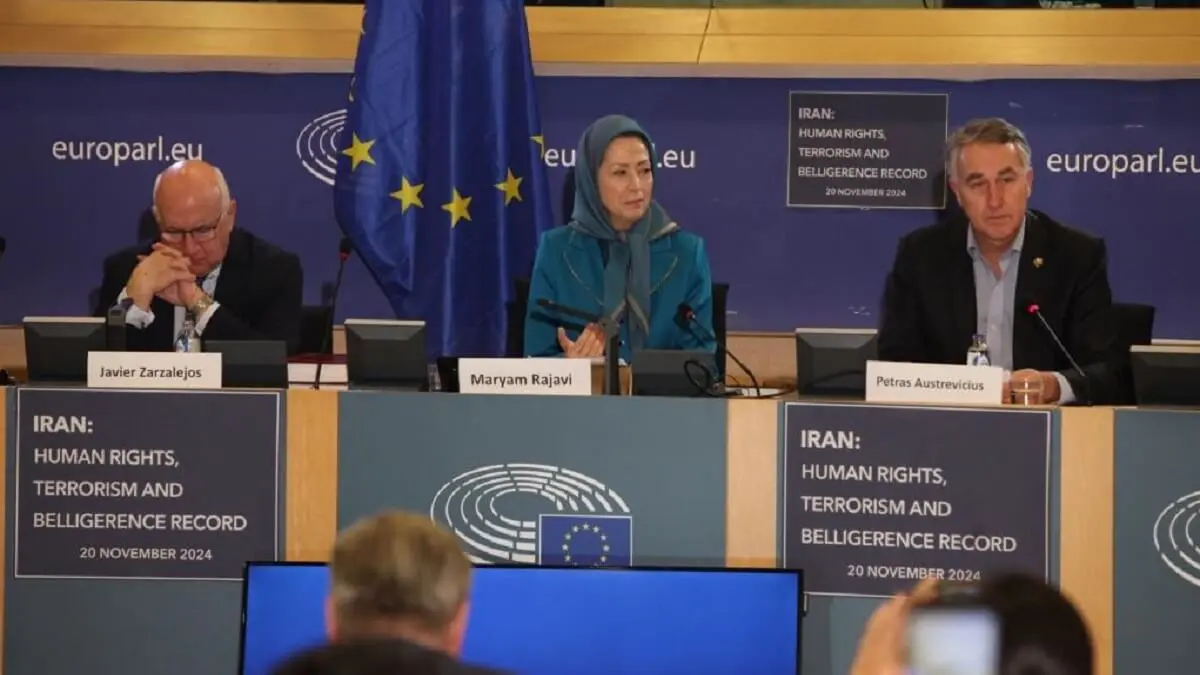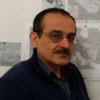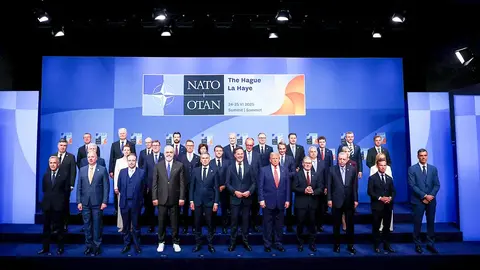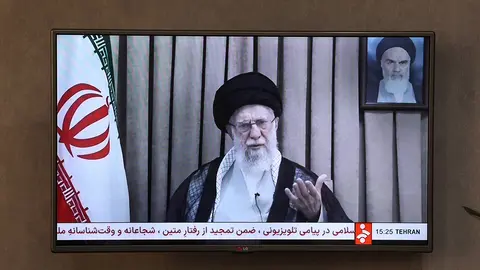The crisis in Iran and the ‘Third Way’

- Introduction
- The failure of conventional approaches
- A nation ready for change
- The role of the Iranian resistance
- Why is the third way important?
- Conclusion
Introduction
During the 12-day war, Iran suffered significant damage. In addition to the destruction of its nuclear facilities, missile arsenals and launch pads, key repressive organs such as the headquarters of the State Security Forces, the headquarters of the Cyber Police and the centres of the Islamic Revolutionary Guard Corps in Tehran and other cities were attacked and severely damaged, causing losses that cannot be compensated for in the short term.
However, this war has made it clear once again that the regime will not be overthrown by foreign bombing, despite all the damage and casualties inflicted. It can only be overthrown by an organised force on the ground. Without such a force, the regime will regroup and rebuild over time. It will not collapse due to pressure, attrition or economic sanctions. Decades of experience show that sanctions eventually weaken or are lifted altogether. Therefore, the task of overthrowing this regime rests solely with the strength, determination and organisation of the resistance movement.
The failure of conventional approaches
For years, the Iranian regime has sought nuclear weapons, supported terrorism and fuelled regional instability. Decades of talks have failed to moderate the regime, and the recent war showed that foreign military strikes cannot bring about change either.
Twenty-one years ago, Maryam Rajavi, President-elect of the National Council of Resistance of Iran (NCRI), proposed an alternative solution: the 'Third Way.' Rejecting both appeasement and foreign war, she advocates for change driven by the Iranian people and their organised resistance. Today, this proposal seems more relevant than ever. After the 12-day war, she said:
'The ceasefire is a step forward for the third way: neither war nor appeasement. Let the Iranian people and their organised resistance overthrow the dictatorship themselves. Throughout a century of struggle, they have rejected both monarchical and religious dictatorships.'
The Iranian regime and its Western apologists are promoting two false narratives in order to undermine democratic change. First, they claim that the regime is too powerful to be overthrown, citing the recent war as proof of its stability. Second, they claim that regime change would lead to chaos, citing Iraq, Libya, and Syria as examples. They claim that there is no alternative and that the West must continue to collaborate with the regime, which seeks to undermine international resolve while ignoring Iran’s unique social fabric and organised opposition. However, the reality inside Iran tells a very different story.
A nation ready for change
Iran's ancient national identity has endured for millennia, resisting fragmentation even under foreign invasions. Unlike many regional states shaped by colonial borders, Iran was never a formal colony and has maintained cohesion despite its ethnic and religious diversity. Kurds, Azeris, and other ethnic groups have remained an integral part of the nation. In contrast to the divided societies of Iraq or Syria, Iran's unity remains strong. The real source of instability is the current regime, which has fuelled conflict throughout the region through the use of proxy forces. Its removal would pave the way for lasting peace in the Middle East.
Meanwhile, the regime is steadily losing its grip, and its legitimacy is fading even among the clergy and its traditional power bases, such as merchants, are eroding. The collapse of the economy, marked by inflation, unemployment, corruption and sanctions, has made daily life unbearable for ordinary Iranians and sparked repeated waves of protests. Loyalty is crumbling internally, and security forces are under pressure. Regionally, the regime is losing ground as its proxies, such as Hezbollah, the Houthis, and Iraqi militias, are severely weakened. Furthermore, the fall of Assad, a key strategic partner, has dealt a significant strategic blow and accelerated the regime's decline.
Since 2017, Iran has experienced repeated mass uprisings, highlighting a widespread desire for regime change. The 2017-2018 protests, during which demonstrators chanted ‘Reformists, hardliners, the game is over!’, signalled the public's rejection of the ‘reformist-hardliner’ game. In 2019, unrest spread to the poorest members of society. The brutal crackdown, which left some 1,500 people dead, sparked new challenges, especially among young people, who attacked the regime's institutions. The 2022 protests, which were led by women, lasted for months and spread across the country. Young Iranians, born after the 1979 revolution and alien to the regime's ideology, envision a future of real change. Between March 2024 and March 2025, there were more than 3,000 protests by workers, teachers and students, reflecting the growing unrest in society. However, protest alone is not enough; only an organised movement can turn this momentum into revolution.
The role of the Iranian resistance
The situation in Iran is unique due to the presence of a strong organised resistance movement led by the People's Mojahedin Organisation of Iran (PMOI or MEK) and the National Council of Resistance of Iran (NCRI). The PMOI has been fighting for six decades and has an extensive internal network. Now in its 44th year, the NCRI is the oldest political coalition in Iran's modern history and offers a detailed democratic roadmap.
A key strength of the movement lies in its ideological clarity. The PMOI promotes a democratic and tolerant form of Islam that includes women in leadership positions, resonating with Iranians seeking both freedom and cultural identity. Its members form a disciplined and deeply committed network, willing to make great sacrifices for national liberation.
Maryam Rajavi's Ten-Point Plan outlines the NCRI's vision, which includes free elections, gender equality, abolition of the death penalty, minority rights, and peaceful international relations.
Ashraf-3 in Albania, home to nearly 3,000 PMOI members, including 1,000 former political prisoners and 1,000 pioneering women, stands as a symbol of resistance and preparedness for a peaceful transition.
PMOI Resistance Units operate covertly in all 31 provinces of Iran. In 2024 alone, they carried out more than 3,000 operations against the Islamic Revolutionary Guard Corps and organised tens of thousands of symbolic acts of defiance. They played a key role in organising the national truckers' strike that took place in 155 cities in May 2025.
The PMOI's intelligence network has also exposed the regime's nuclear and terrorist activities.
Internationally, the Ten-Point Plan has been endorsed by more than 4,000 parliamentarians, 137 former heads of state and 80 Nobel laureates, affirming the legitimacy of the resistance and its right to oppose tyranny.
Why is the third way important?
The recent war between Israel and Iran confirmed that military force cannot overthrow the regime. Only the Third Way—a change driven by the people and led by the resistance—offers a viable and lasting solution. After 46 years of failed policies, it is clear that neither war nor appeasement can bring about meaningful change.
Unlike marginalised or monarchist groups that depend on foreign backing and lack internal support, the NCRI has a coherent strategy, strong roots within Iran and broad public support. The regime itself recognises this threat: it devotes its entire intelligence and security apparatus to attacking the PMOI and its Resistance Units, without spending a penny and without showing concern for any other Iranian group, a clear sign of where it sees the real danger.
Conclusion
Contrary to the regime's propaganda and lobbying claims, the overthrow of the regime through the Iranian people and their organised resistance is achievable and necessary. It is the only way to achieve national unity, freedom, democracy, as well as lasting regional peace and stability.



